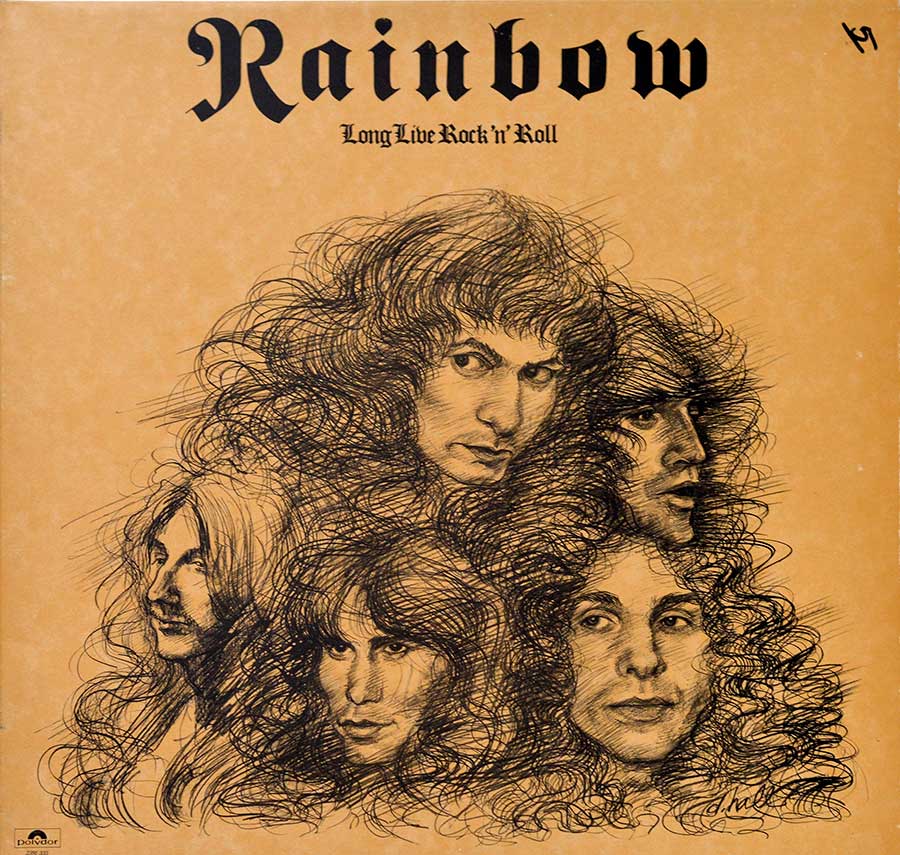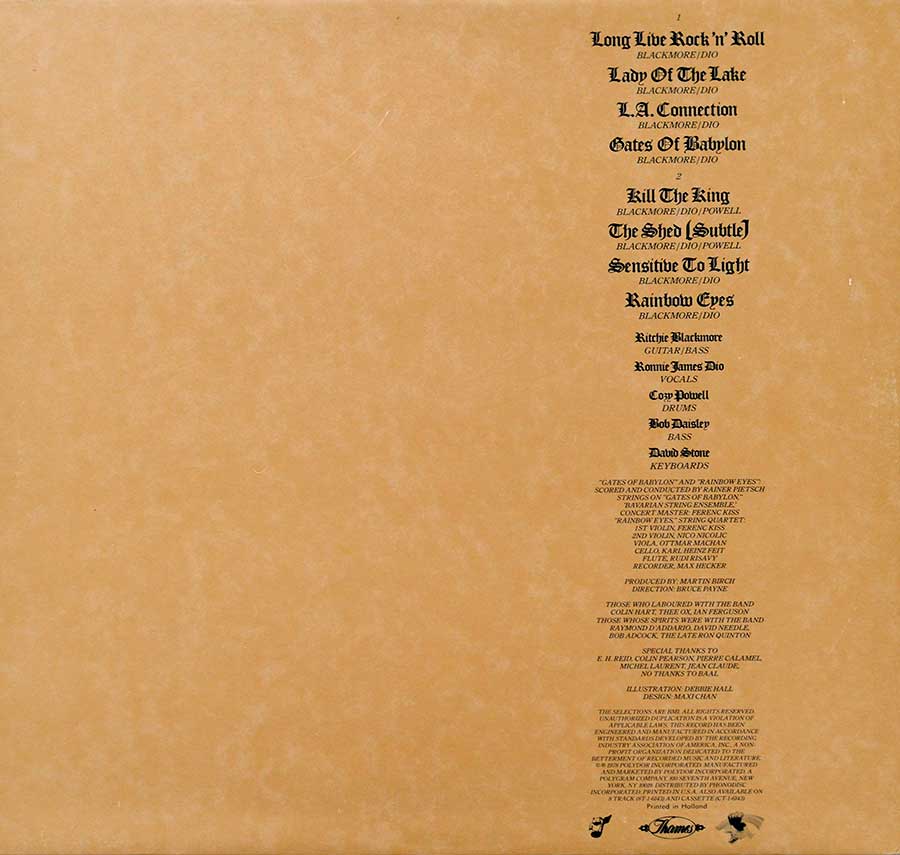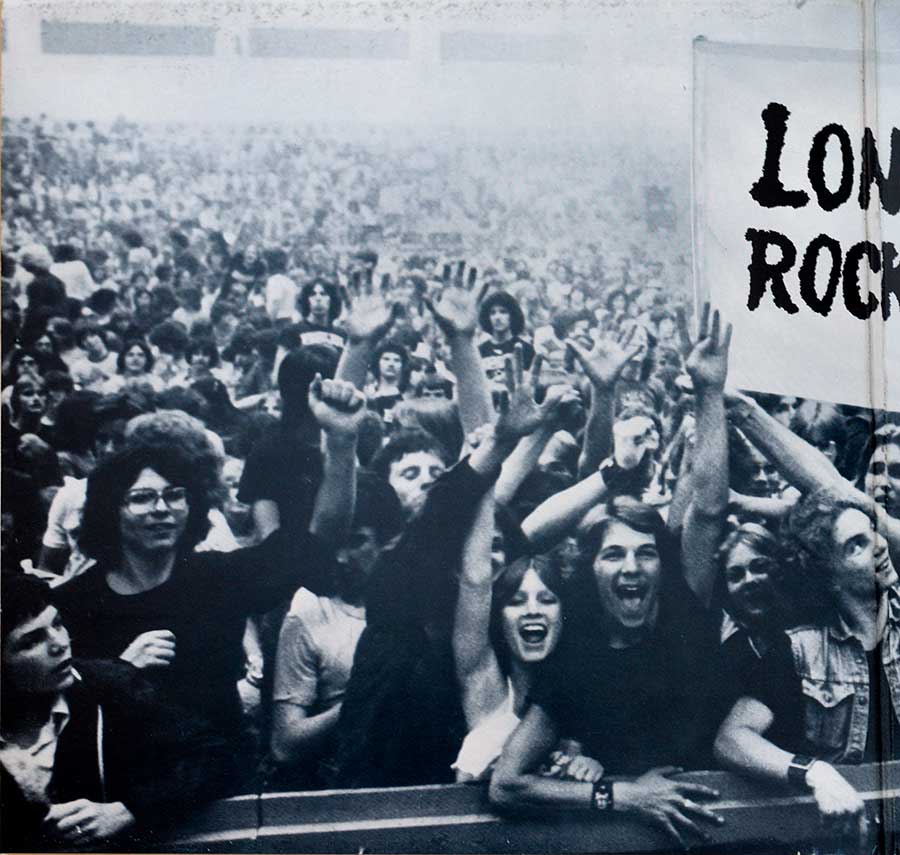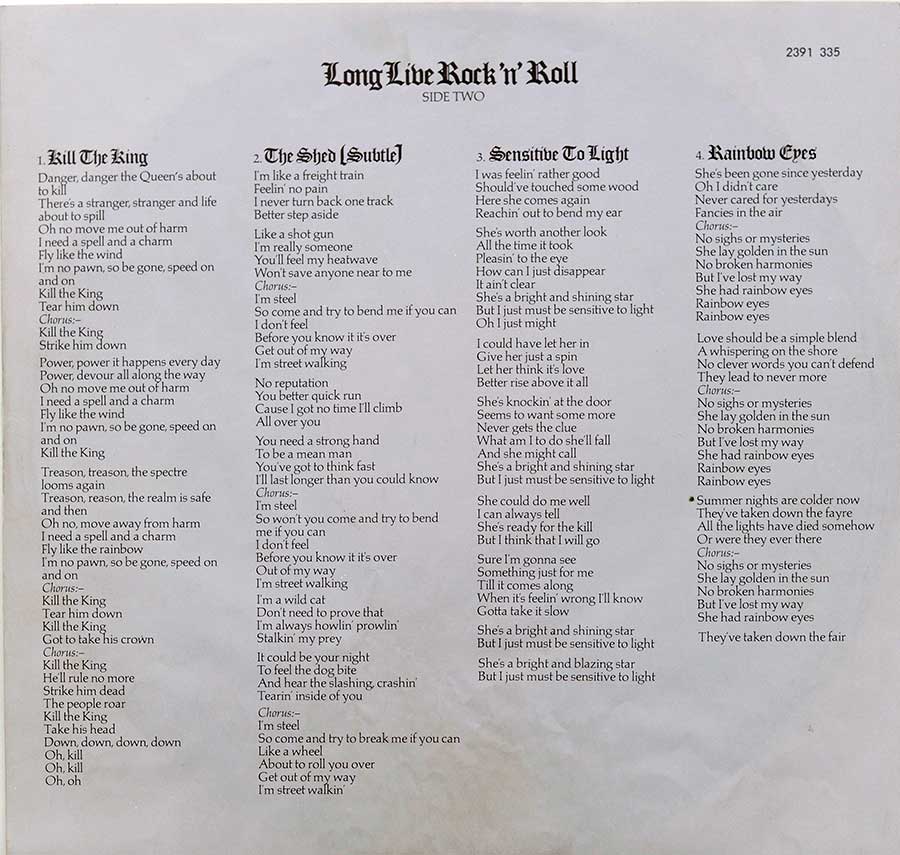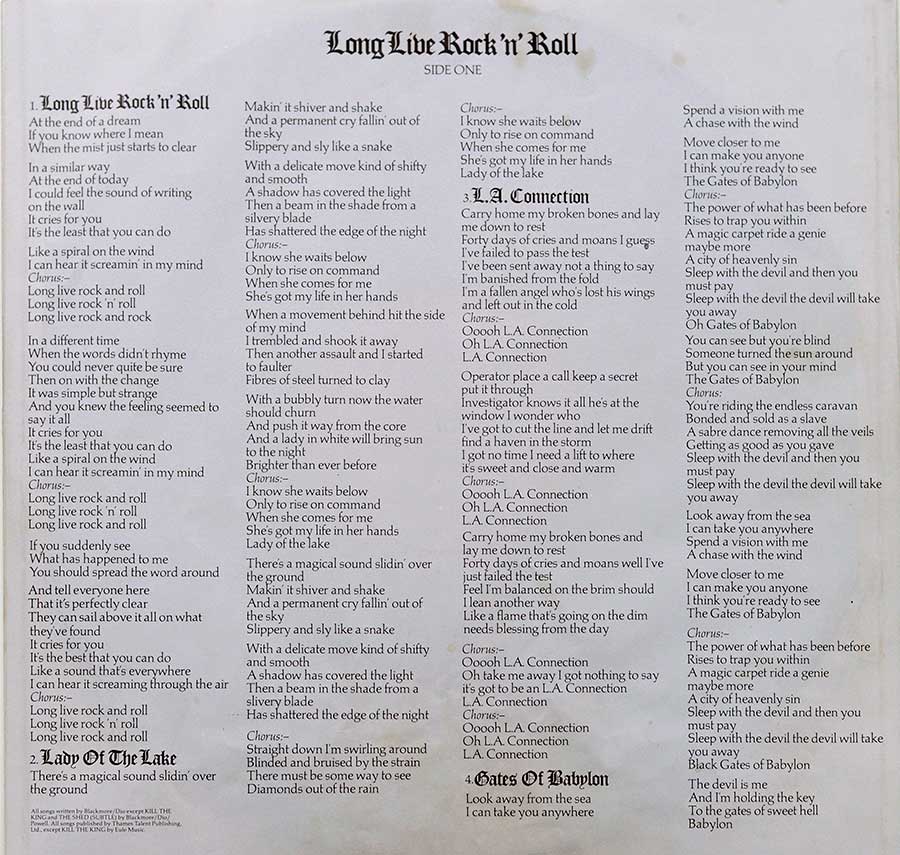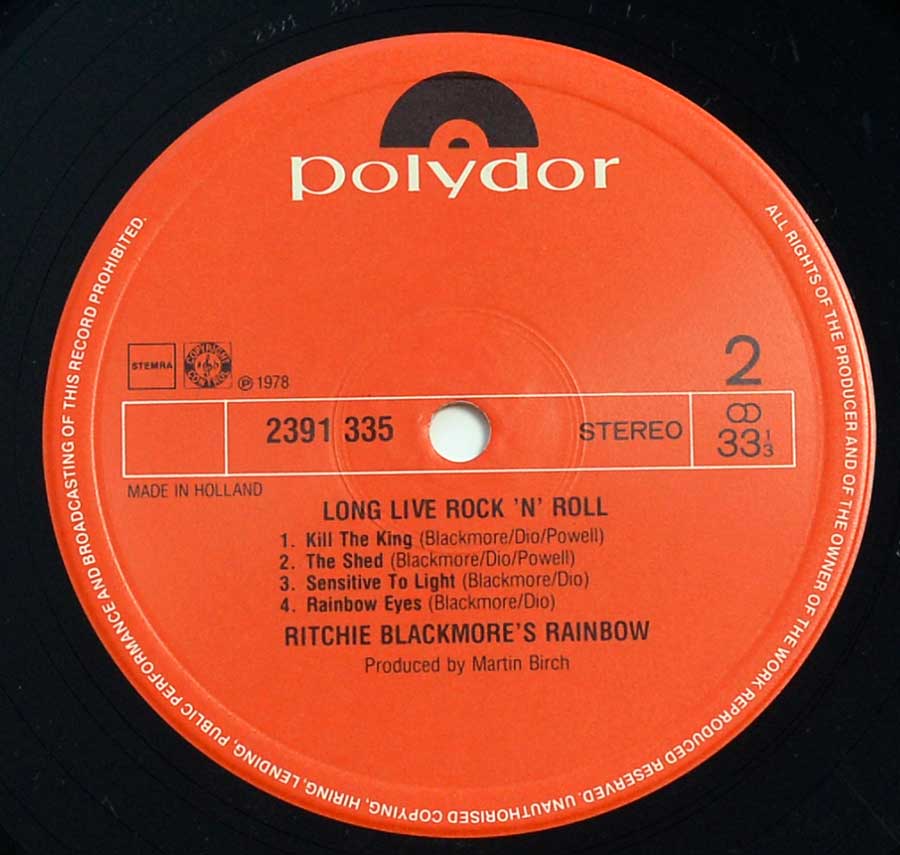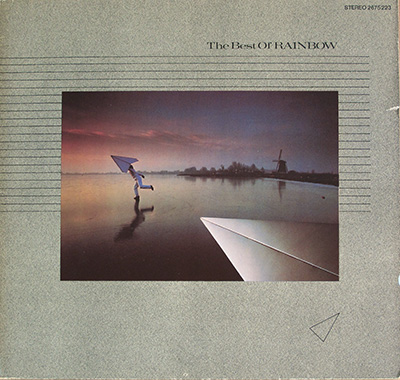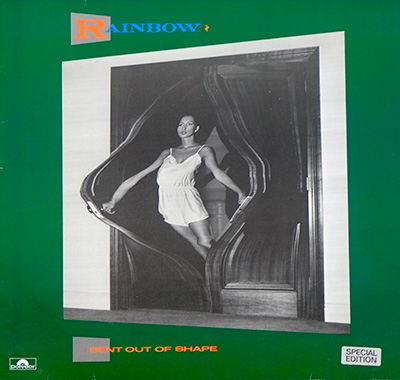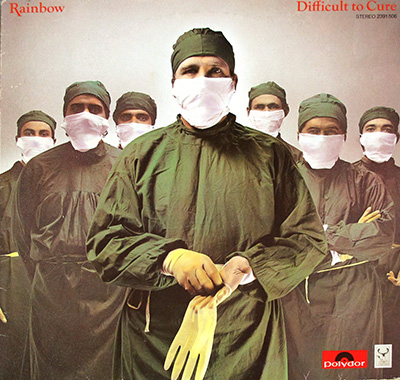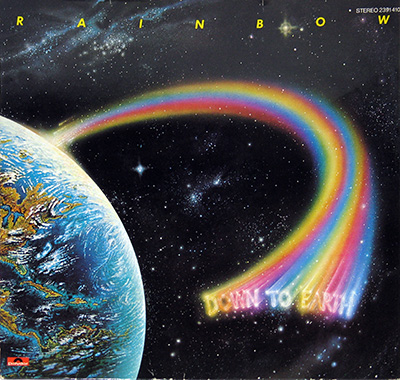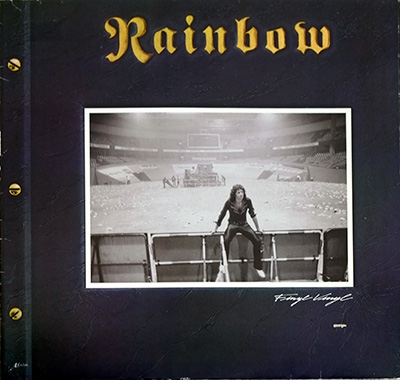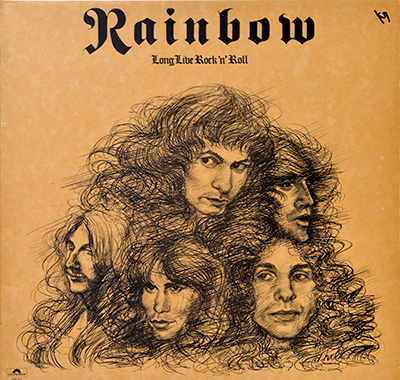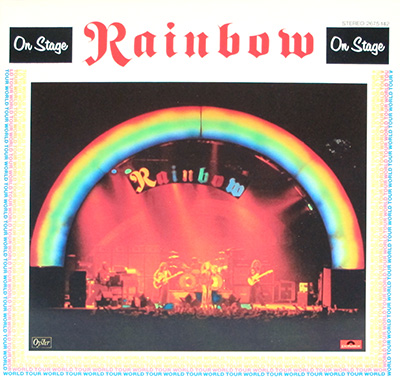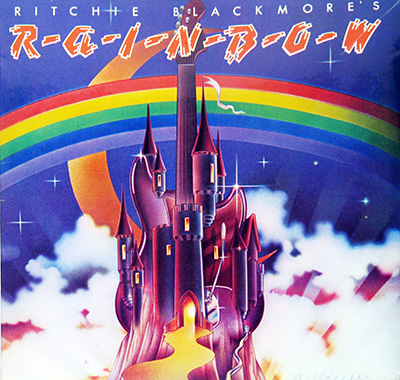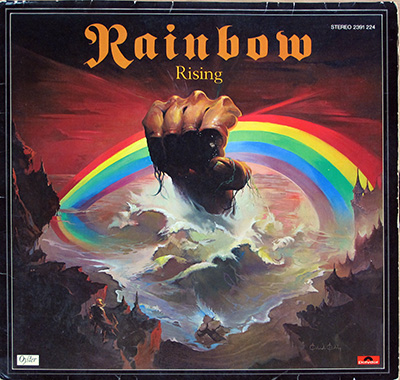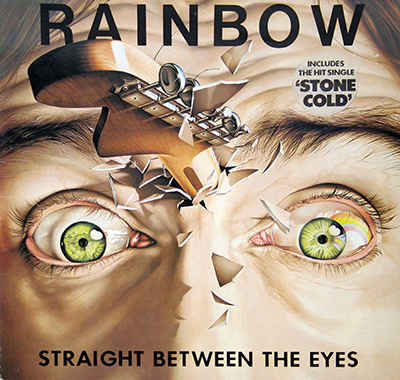Album Description:
Music has always been a universal language that transcends barriers and connects people across generations. In the world of rock music, few bands have left an indelible mark on the genre like Rainbow. Their iconic album, "Long Live Rock and Roll", released on a 12" Vinyl LP, stands as a testament to their musical brilliance and enduring legacy.
1. The Birth of a Rock Masterpiece:
"Long Live Rock and Roll" was released in 1978, marking the third studio album by Rainbow. Led by legendary guitarist Ritchie Blackmore, who had previously been a founding member of Deep Purple, Rainbow brought together a lineup of exceptionally talented musicians. The album showcased their distinctive sound, blending elements of hard rock, heavy metal, and classical influences.
2. Tracklist and Musical Excellence:
The album's tracklist is a testament to the band's musical prowess. From the powerful and anthemic title track, "Long Live Rock and Roll", to the epic and hauntingly beautiful "Rainbow Eyes", each song takes listeners on a unique sonic journey. The album also features rock classics like "Gates of Babylon" and "Kill the King", which exemplify Rainbow's ability to create energetic and memorable tracks.
3. Vinyl: A Gateway to Nostalgia:
The experience of listening to "Long Live Rock and Roll" on a 12" Vinyl LP adds a layer of nostalgia and authenticity. The vinyl format allows for a more immersive experience, with its large album cover, intricate artwork, and tangible connection to the music. The warmth and depth of sound that vinyl records provide give the album a unique charm, enhancing the listening experience for fans and collectors alike.
4. Artwork and Visual Appeal:
The album cover artwork of "Long Live Rock and Roll" is as iconic as the music itself. Designed by famed fantasy artist Ken Kelly, known for his work with Kiss and Manowar, the cover features a powerful image of a knight riding a winged steed, surrounded by a colorful rainbow. The artwork perfectly captures the spirit and essence of Rainbow's music, making it visually striking and instantly recognizable.
5. Enduring Impact and Legacy:
"Long Live Rock and Roll" is not just an album; it represents a pivotal moment in the history of rock music. Rainbow's ability to fuse intricate guitar work, powerful vocals, and epic songwriting created a unique sound that influenced countless bands in the years to come. The album continues to inspire musicians and rock enthusiasts, serving as a testament to the enduring power of the genre.

